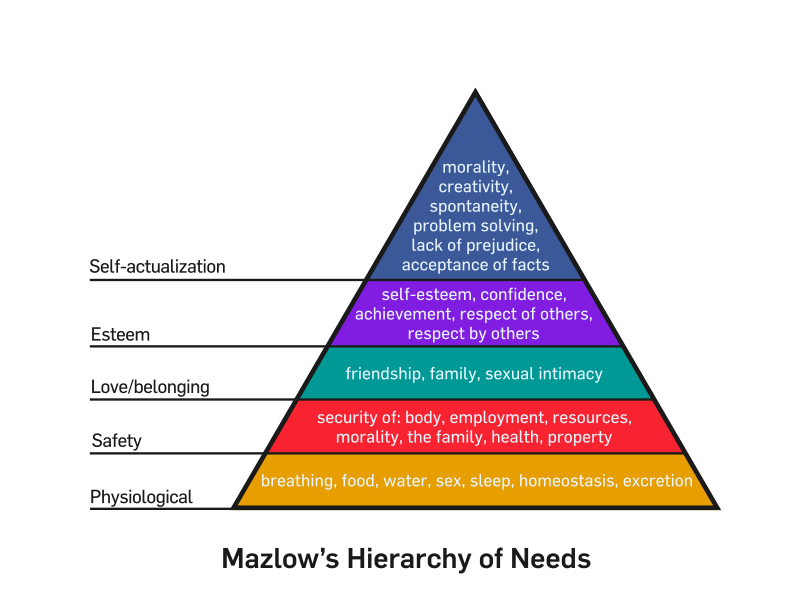A New Ladder Of Citizen Participation Pdf Viewer
Ladder of citizen participation, Sherry Arnstein. She discusses eight types of participation in A Ladder of Citizen Participation (1969). Often termed as ' Arnstein's ladder', these are broadly categorized as: 1. Citizen Power: Citizen Control, Delegated Power, Partnership. 2.: Placation, Consultation, Informing. 3.: Therapy, Manipulation. She defines citizen participation as the redistribution of power that enables the have-not citizens, presently excluded from the political and economic processes, to be deliberately included in the future.
Arnstein, S.R. (1969), Journal of the American Planning Association, 35 (4): 216–224,:, retrieved 2010-06-12.
Retrieved 2016-05-13. Washington Post.
Retrieved 2016-05-13. Arnstein, S.R. 'A ladder of citizen participation'. Journal of the American Institute of planners. 35 (4): 216–224.
Arnstein, S.R. 'Maximum feasible manipulation'.
Public Administration Review. 32: 377–390. Arnstein, S.R. 'A working model for public participation'.
Public administration review. 35 (1): 70–73. This article about a United States political writer is a. You can help Wikipedia.
Ladder Of Community Participation

Arnstein's Ladder of Citizen Participation Sherry Arnstein, writing in 1969 about citizen involvement in planning processes in the United States, described a “ladder of citizen participation” that showed participation ranging from high to low. See Sherry R. Arnstein’s “A Ladder of Citizen Participation,” Journal of the American Planning Association, Vol. 4, July 1969, pp.
The ladder is a guide to seeing who has power when important decisions are being made. It has survived for so long because people continue to confront processes that refuse to consider anything beyond the bottom rungs. Here is how David Wilcox describes the 8 rungs of the ladder at www.partnerships.org.uk/part/arn.htm: 1 Manipulation and 2 Therapy.
Both are non participative. The aim is to cure or educate the participants. The proposed plan is best and the job of participation is to achieve public support through public relations. A most important first step to legitimate participation. But too frequently the emphasis is on a one way flow of information. No channel for feedback. 4 Consultation.
Again a legitimate step attitude surveys, neighbourhood meetings and public enquiries. But Arnstein still feels this is just a window dressing ritual. For example, co-option of hand-picked ‘worthies’ onto committees. It allows citizens to advise or plan ad infinitum but retains for power holders the right to judge the legitimacy or feasibility of the advice. 6 Partnership.
Power is in fact redistributed through negotiation between citizens and power holders. Planning and decision-making responsibilities are shared e.g. Through joint committees. 7 Delegation. Citizens holding a clear majority of seats on committees with delegated powers to make decisions.
Public now has the power to assure accountability of the programme to them. 8 Citizen Control. Have-nots handle the entire job of planning, policy making and managing a programme e.g. Neighbourhood corporation with no intermediaries between it and the source of funds. The Citizen's Handbook / / / The Citizen's Handbook / Charles Dobson / citizenshandbook.org.